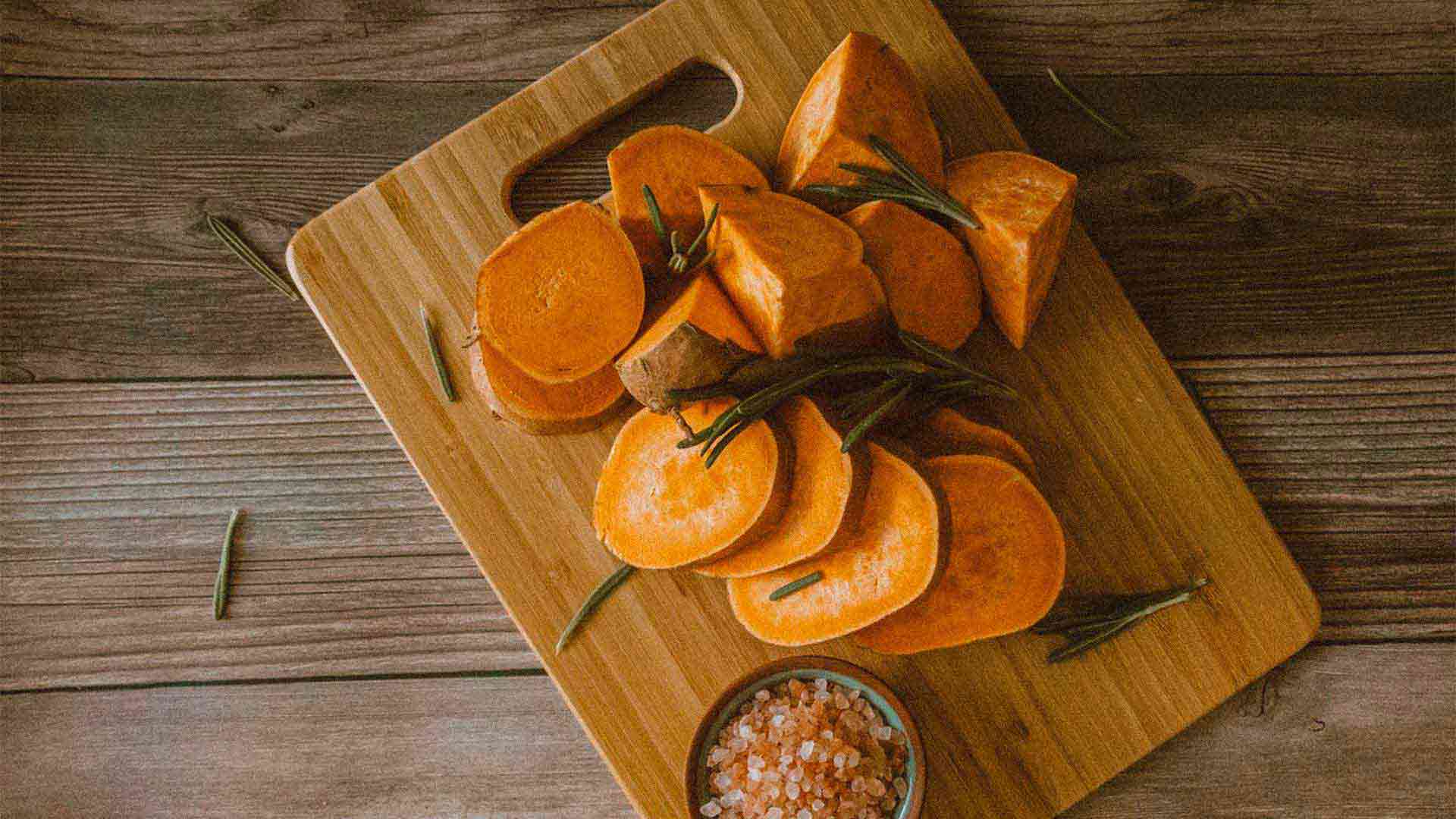Antioxidant rich foods? In this economy? Don’t worry. We’ve got you covered with 7 budget friendly foods that also happen to be great sources of antioxidants- everyone’s favorite healthy compound.
What are antioxidants?
Antioxidants are substances that help keep your cells healthy by fighting free radicals – molecules that damage cells when their numbers get too high.
While antioxidants occur naturally in your body, they can also be found in certain foods- mainly fruits, vegetables and whole grains. Diets rich in antioxidants have been linked to lower risk of disease.
Where can antioxidants be found?
From vitamins, to proteins, to polyphenols- a lot of different compounds can be considered antioxidants which can be a bit overwhelming to think about. To simplify it- many antioxidants contribute to the bright color of certain foods- like the blue color of berries or the redness of a tomato, so “eating the rainbow” is a good rule of thumb. You can also start with the 7 foods on this list:
1. Red Kidney Beans
Beans (or legumes) in general are a great source of fiber and an antioxidant called anthocyanins but if you want the most bang for your buck- try red kidney beans. They’re known for containing the highest amount of anthocyanins. No matter your bean of choice, eating these powerful legumes a few times a week has been linked to lower rates of heart disease. Beans, beans they’re good for your heart…
2. Sweet potato
Sweet potatoes are rich in antioxidants like beta-carotene and vitamin A and their high fiber content is an added healthy bonus. No need to limit yourself to just sweet potatoes- dark blue, purple, and red varieties are also chock full of beneficial compounds. Our favorite way to prepare a sweet potato? Baked and topped with crispy chickpeas and a tangy yogurt sauce.
3. Oats
Starchy beige foods typically aren’t associated with antioxidants, but oats contain vitamin E and other phenolic compounds (plant based compounds with health benefits). Consider this your excuse to try Tik Toks trending baked oats or toss some in your smoothie for a nutrient boost.
4. Coffee
Coffee gets a bad rap since most of us are using it in place of a good night sleep. But before you head into a coffee drinking shame spiral know this: coffee is a rich source of antioxidants and drinking 3-4 cups per day has been linked to lower risk of certain diseases. Another reason to be smug about your mug? Coffee contains even more antioxidants than green tea. Though the exact concentration of antioxidants will vary depending on the type of coffee bean, roasting, and brewing techniques.
5. Sunflower seeds
Sunflower seeds are high in vitamin E and selenium- two nutrients that function like antioxidants in your body. As far as seeds and nuts go, they’re relatively inexpensive and are great for tossing on salads, yogurt or even oatmeal.
6. Okra
Okra pods are popular in southern cooking and are responsible for the bright green pops in any classic gumbo dish. They’re also rich in vitamins A and C and polyphenols and flavonoids (beneficial compounds found in plants). Thanks to their potent blend of antioxidants, these powerful plants might even have anti-fatigue effects, according to small animal studies.
7. Canned tomatoes
Tomatoes are rich in lycopene- an antioxidant that’s associated with reducing the risk of certain diseases like heart disease. And good news- the lycopene from processed tomatoes is more readily absorbed than lycopene from fresh tomatoes. That means you can save some money by buying canned instead of heirlooms. Pro tip: enjoy your tomatoes with olive oil for even better absorption.
8. Mint Leaves
Herbs aren’t just good for flavoring your food- they can also have health benefits. The main antioxidant in mint is called rosmarinic acid. Scientists think it might be particularly useful for maintaining the health of your skin, joints, and brain. Mint can be expensive when you buy it at the grocery store but mint is incredibly easy to grow in most areas- just put it in a pot!. Try adding mint to freshen up a salad or a rice dish.
To learn more about antioxidants, read How antioxidants can support your workout
About Allie
Allie has a master’s in nutrition science from Framingham State University. She has worked as a Health Educator and Personal Trainer, and has a passion for helping people lead happier, healthier lives.
Do you have questions about supplements? Reach out to one of our experts, or take Persona’s free nutrition assessment, and learn exactly what you need to take your wellness to the next level.
*These statements have not been evaluated by the Food and Drug Administration. This product is not intended to diagnose, treat, cure, or prevent any disease.
This information is not intended as a substitute for the advice provided by your physician or other healthcare professional, or any information contained on or in any product label or packaging. Do not use the information from this article for diagnosing or treating a health problem or disease, or prescribing medication or other treatment. Always speak with your physician or other healthcare professional before taking any medication or nutritional, herbal, or homeopathic supplement, or using any treatment for a health problem. If you have or suspect that you have a medical problem, contact your health care provider promptly. Do not disregard professional medical advice or delay in seeking professional advice because of something you have read in this article.

